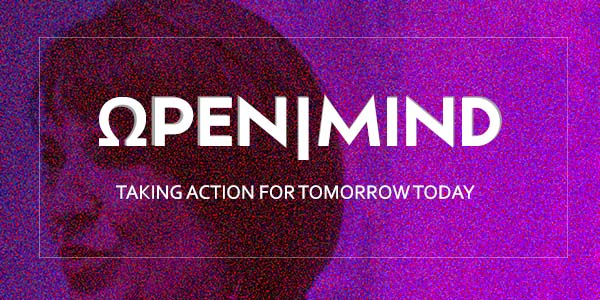
A few years ago, the typical question at the end of a strategy session was, “What does it take to bring new initiatives to scale?
It used to be that my automatic answer was, “Outpace, outsmart, and outperform your competition.”
But for the past 3 years I’ve been working on initiatives in the mobility space, fintech arena, manufacturing, travel, healthcare and digital transformation. And, I tracked what it took for a large company to drive growth and also what it took for a startup to become a unicorn.
Yes, outpacing competition was part of the answer to growth. Customer insights were also part of the secret. But the teams with the most impressive performance—in every industry—had a mindset in common.
The Ecosystem Mindset
I’ll be speaking about the Ecosystem Mindset on May 12th, 17:00 CEST | 11:00 am EDT | 8:00 am PDT at the Innov8rs Unconference 2022, a collaborative learning program where you get answers to your questions and solutions to your challenges, guided by experts and supported by peers.
Find out more about the conference here: Innov8rs Unconference. Receive a 30% discount for individual and team passes and then during checkout, by using code i8Unconf-AndreaK during checkout here.
And ▶ here’s a preview—hope you can join us.
MINIMUM VIABLE ECOSYSTEM. A rising tide lifts many boats.
The difference between a supply chain and an ecosystem is based on how relationships are organized. If the arrows and circles all point toward a single company, the players are all in a supply chain. That’s why Airbnb is a good example of an ecosystem, where the company’s success makes room for other networked services that thrive, without being controlled by Airbnb.
At the simplest level, the property owners benefit from Airbnb’s infrastructure and the guests benefit from greater flexibility in vacation options. Yet, beyond the ecosystem relationships controlled by Airbnb, there are vibrant, independently communities of services that exist because Airbnb does (for example, cleaning services) that aren’t owned by or controlled by Airbnb.
MAXIMUM VALUE ECOSYSTEM. A rising tide creates new waterways.
Higher up on the ecosystem hierarchy is the model where there’s a multiplier effect and multiple communities benefit from a well-orchestrated ecosystem. Sometimes a platform or super-app can be the backbone.
Rappi started off as a Colombian delivery service that initially built a network of partners and continued to grow in multiple directions to accommodate emerging market opportunities. They developed a payments platform to support their initial delivery services, and expanded their infrastructure to fuel growth with financial services providers like Visa and Davivienda.
Learning is a critical component of Rappi’s success as an ecosystem orchestrator. They watch the market shifts and rapidly integrate insights to stay ahead of customers’ unmet needs.
MAXIMUM IMPACT ECOSYSTEM. Bigger + Bolder Vision
When there’s a need to address a big issue—like safe travel—it takes a group of people who come together to create something larger than themselves to drive impact.
At the beginning of 2020, as the travel industry cratered, I noticed inspiring leaders collaborating on the Healthy Sail Panel that set a standard for multiple companies to establish a higher level of health and safety standards for cruise ships. Royal Caribbean and Norwegian Cruise Lines were competitors, but realized that cooperation between their leaders combined with expertise from public health professionals would create a Maximum Impact Ecosystem—a collective of interdependent players whose combined efforts would create greater opportunities for everyone. Safer ships would mean a more robust cruise industry.
A wolf in sheep’s clothing: Ecosystem or consolidation play
Uber recently announced that they will let taxi drivers use their app as a platform. Will they move toward building an ecosystem or use that play to consolidate part of the market to build a moat around their competitive box?
ToolBox
HOW TO LEAD AN ECOSYSTEM
🔷 We can’t have a winner take all approach to our competition. We need to deepen our ties with our supply chains + value chains and understand how to grow the pie for everyone.
🔷 The currency for an ecosystem is trust. Leaders have to share data openly and bring a spirit of fair play to transactions.
🔷 Learning drives the flywheel in an ecosystem. The more we can help our partners learn, the better the innovation we can bring to our customers.
🔷 True Ecosystems go beyond consolidation plays. Simply supplying a platform to other players does not automatically generate an ecosystem.
Ecosystem strategy is the new path toward scale. We need to raise the tides to lift many more boats than our own. And, we need to create new waterways.
You can now binge-watch all 5 MasterClass Sessions For Free!
The Get To Next MasterClass Series is a sequence of videos presenting the Get To Next model in detail. Watch to find out how this systematic approach will make your life as an innovator easier, more successful, more purposeful and more rewarding and how the modules work together to drive your innovation process from inception to implementation.
Sign up for the MasterClass series here.







